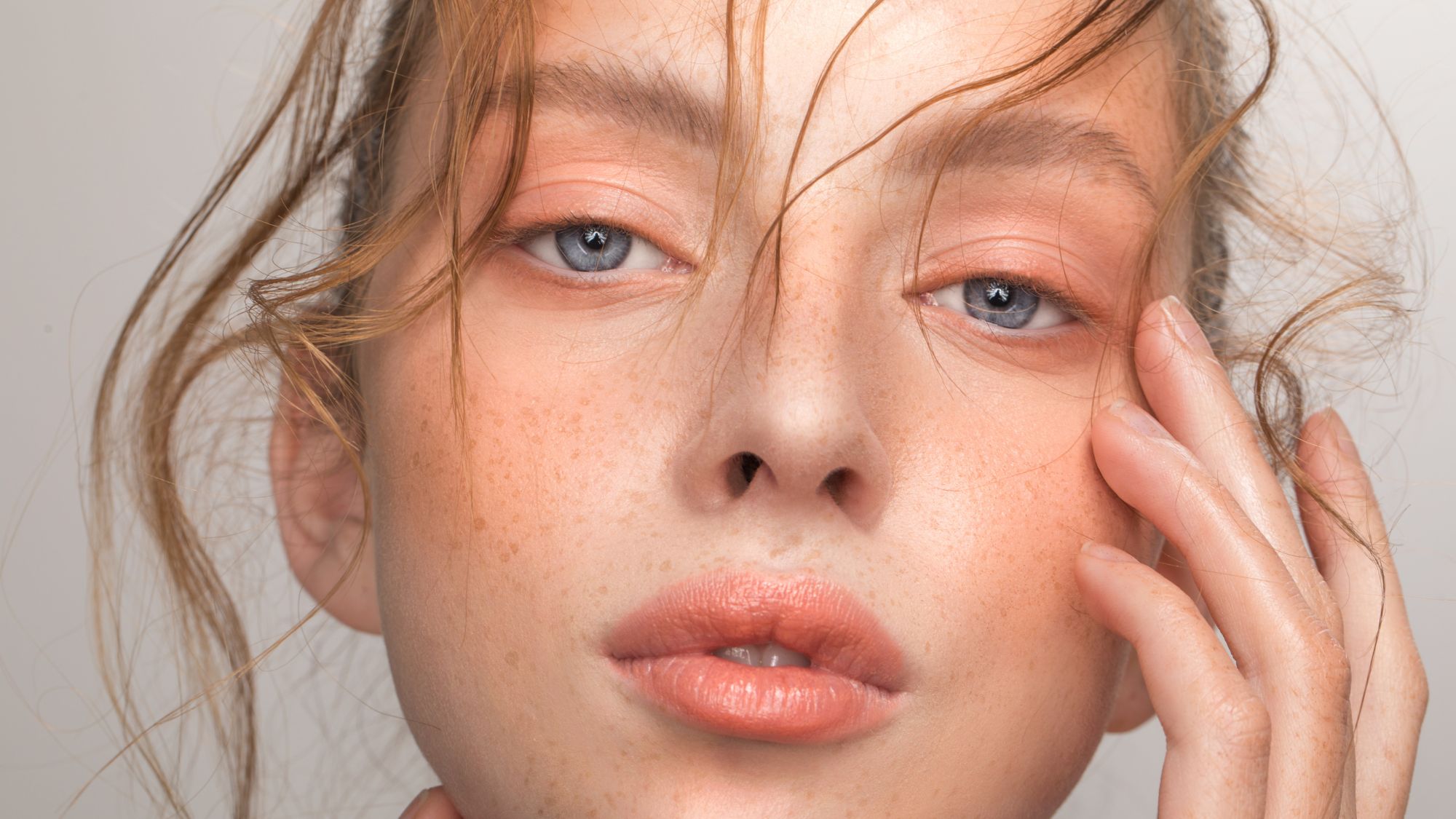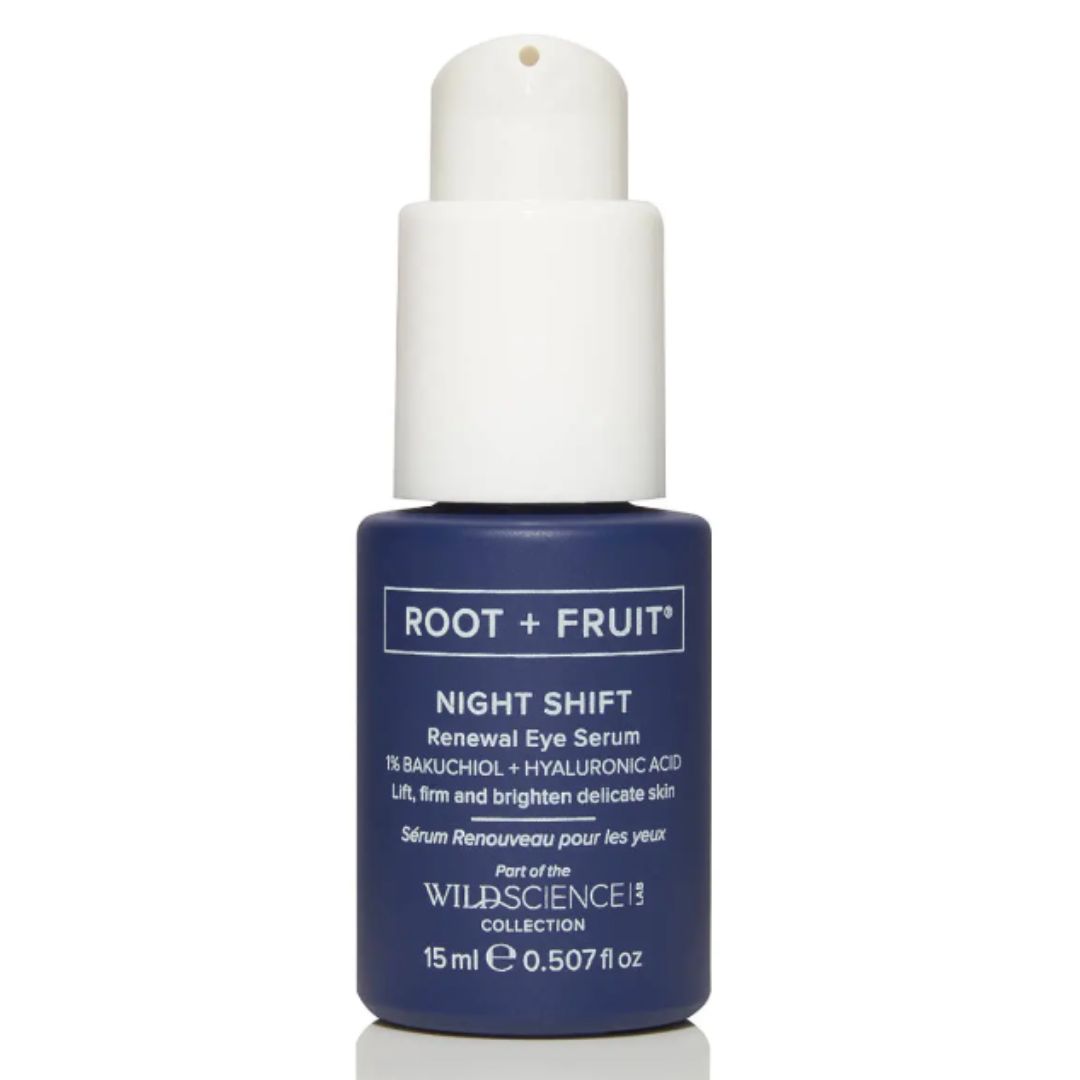Wondered what those little white bumps on your skin are? Here's how to treat milia under your eyes
We've spoken to the experts


If you've been applying your best eye cream but can't seem to get rid of those small white bumps under your eyes, you might be suffering from milia. These lesions could easily be mistaken for whiteheads, however, they are in fact harmless cysts that can gather under the eye area.
Although harmless, we understand that these white bumps could be causing you concern, so we've taken it upon ourselves to speak to the experts to understand a bit more about these little spots and what can be done to remove and prevent them. Because, just like getting rid of dark circles, milia can be stubborn. Keep on scrolling for things you should know...
What is Milia
"Milia or 'milk spots' are tiny clusters of skin debris," explains Nicola Alexander-Cross, optometrist and co-founder of Peep Club. They form hard white balls, hence the name 'milk spots', and tend to appear in clusters around the eyelids and cheeks.
"They occur when keratin, a protein found in skin tissue, hair and nail cells, is trapped beneath the surface of the skin. Milia affect people of all ages and ethnicities and are also very common in babies, " says Elizabeth Hawkes, consultant ophthalmic and oculoplastic surgeon at the Cadogan Clinic.
They can look a lot like whiteheads, which is why some people often confuse Milia with acne, but they are completely separate from one another.
What do Milia look like?
"Milia are typically white lesions, but can be yellow and red when irritated and inflamed," says Dr Sturnham, a GP and skin expert. "They're usually 1-2 mm diameter, uniform and spherical protruding from just under the skin surface."

Why do Milia appear?
"Milia are commonly found in both children and adults, and there are different types," explains Dr Sturnham. "They can either appear spontaneously, as in there is no obvious reason or trigger for them appearing, or they can be triggered by any form of trauma to the skin. Clinical studies have identified milia as being linked to some genetically triggered skin conditions too."
Celebrity news, beauty, fashion advice, and fascinating features, delivered straight to your inbox!
They are normally grouped into two categories, primary and secondary.
Primary Milia
Primary milia can appear for no obvious reason at all. "Within this category there are congenital milia, which occur in up to 50% of newborns on the face, especially the nose, scalp and upper body", says Dr Sturnham. "These are harmless and tend to resolve themselves within weeks without treatment."
"There's also eruptive milia, which are larger groups of milia that appear slowly and are most commonly found in younger women and are thought to be triggered by UV exposure."
"And finally, milia en plaque, a rare form, which can appear on adult skin. It occurs on red, swollen and inflamed skin, usually around the ears and eye regions."
Secondary Milia
Secondary milia is caused by damage to the skin. "The trigger can be any mechanical trauma (things like a strong laser or abrasive skin treatment), which creates an abnormal healing process leading to accumulation of keratin under the skin," Dr Sturnham says. "Rather than developing in the sebaceous, oil-producing glands they can appear in the sweat glands (also known as eccrine glands)."
How to get rid of Milia
Milia can eventually go away on their own, as the skin will naturally rejuvenate. However, if you have stubborn milia, Cross recommends going to see a professional dermatologist to get them removed.
There are various treatments that you can have done to remove Milia. "You can have a treatment known as standard deroofing, in which milia is extracted with a small sterile needle that opens the pores to remove the content," explains Hawkes. "You can also have laser ablation, which will open the cyst and remove the keratin buildup."
How to prevent Milia returning
Once milia goes away, there are lots of steps you can take to try and stop it from coming back. "When I assess adult skin with milia I do a full review of the client's skincare products and take away any harsh formulations, mechanical scrubs and heavily silicone and fragrance loaded products," explains Dr Sturnham.
"Avoid oil-based cleansers and heavy-weight creams or anything with occlusive ingredients (like petroleum or lanolin)," elaborates Cross.
Instead, consider a gentle daily cleanser and a gentle exfoliating toner that promotes cell turnover, but make sure not to apply this too close to the eyes.
"As ever, protect the area from the sun. A good quality daily mineral sun cream will help as a long term strategy to staving off milia," says Cross.
Can you wear make-up over Milia?
If you have milia, you might be asking, can I wear make-up over this? The answer is yes, but make sure to choose the right products.
"Avoid oil-based foundation formulas and choose mineral makeup instead," explains Cross. You don't want to put anything too heavy on the skin, as this could lead to further congestion. Remember to always take your make-up off before going to bed and double cleanse to get rid of any leftover product.
Can you pop Milia?
As satisfying as it might be, is it safe to pop milia? The short answer is no. "I always tell my patients not to pop them, as this can make things so much worse." warns Dr Sturnham.
"Milia lie deep within the skin and are locked there by a layer of skin," explains Cross. "Trying to squeeze them won't bring them to the surface and could lead to scarring, especially around the eyes."
Best eye creams for Milia
People often avoid using eye cream when suffering with milia as heavy formulas can sometimes make it worse. Cross recommends looking for a lightweight eye cream with hydrating ingredients such as hyaluronic acid.
"You can also consider a retinol or bakuchiol based product to help with cell turnover, but it's really important to leave at least 1cm from your eyelashes when applying creams like this because retinoids can be harmful to the glands around the eyes," says Cross.

Grace Lindsay is currently Junior Beauty Editor at Who What Wear UK and previously was Marie Claire UK's E-Commerce Writer. With over three years of experience in the fashion and beauty industry, she covers everything from the best make-up and skincare deals to how to shop the stand out trends of the season. When she's not typing away at her laptop, Grace can be found shopping her favourite vintage markets IRL, or catching up on her never-ending list of books to read.

